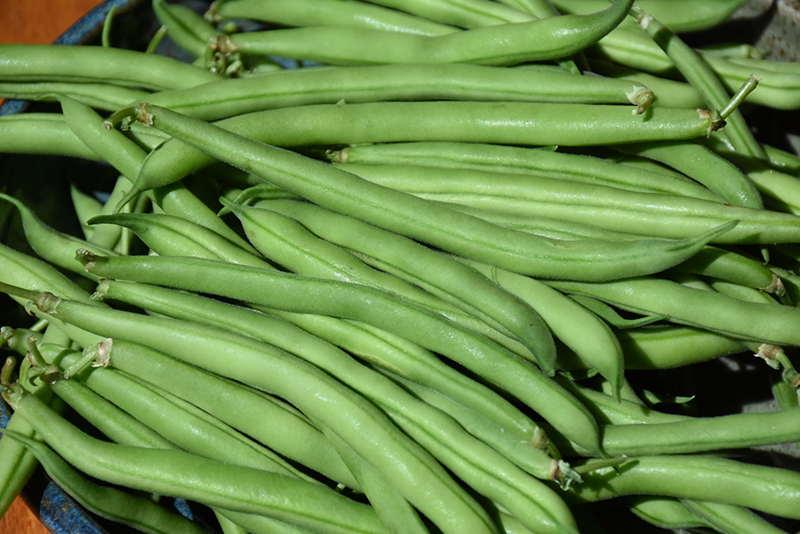Height: 24 inches
Spacing: 6 inches
Sunlight:
![]()
Hardiness Zone: (annual)
Description:
Early maturing, concentrated harvests on compact bushy plants; succession plant for continuous harvest throughout the season; produces dark green, 6" long smooth and straight pods; crisp, juicy flavor with excellent eating qualities
Edible Qualities
Lewis Bush Bean is an annual vegetable plant that is typically grown for its edible qualities. It produces green long pods which can be harvested at any point. The pods have a pleasant taste and a crisp texture.
The pods are most often used in the following ways:
- Fresh Eating
- Eating When Cooked/Prepared
- Cooking
- Pickling
- Freezing
Planting & Growing
Lewis Bush Bean will grow to be about 24 inches tall at maturity, with a spread of 16 inches. When planted in rows, individual plants should be spaced approximately 6 inches apart. This fast-growing vegetable plant is an annual, which means that it will grow for one season in your garden and then die after producing a crop.
This plant is typically grown in a designated vegetable garden. It should only be grown in full sunlight. It does best in average conditions that are neither too wet nor too dry, and is very intolerant of standing water. It may require supplemental watering during periods of drought or extended heat. It is not particular as to soil pH, but grows best in rich soils. It is quite intolerant of urban pollution, therefore inner city or urban streetside plantings are best avoided. Consider applying a thick mulch around the root zone over the growing season to conserve soil moisture. This is a selected variety of a species not originally from North America.
Lewis Bush Bean is a good choice for the vegetable garden, but it is also well-suited for use in outdoor pots and containers. With its upright habit of growth, it is best suited for use as a 'thriller' in the 'spiller-thriller-filler' container combination; plant it near the center of the pot, surrounded by smaller plants and those that spill over the edges. Note that when growing plants in outdoor containers and baskets, they may require more frequent waterings than they would in the yard or garden.

